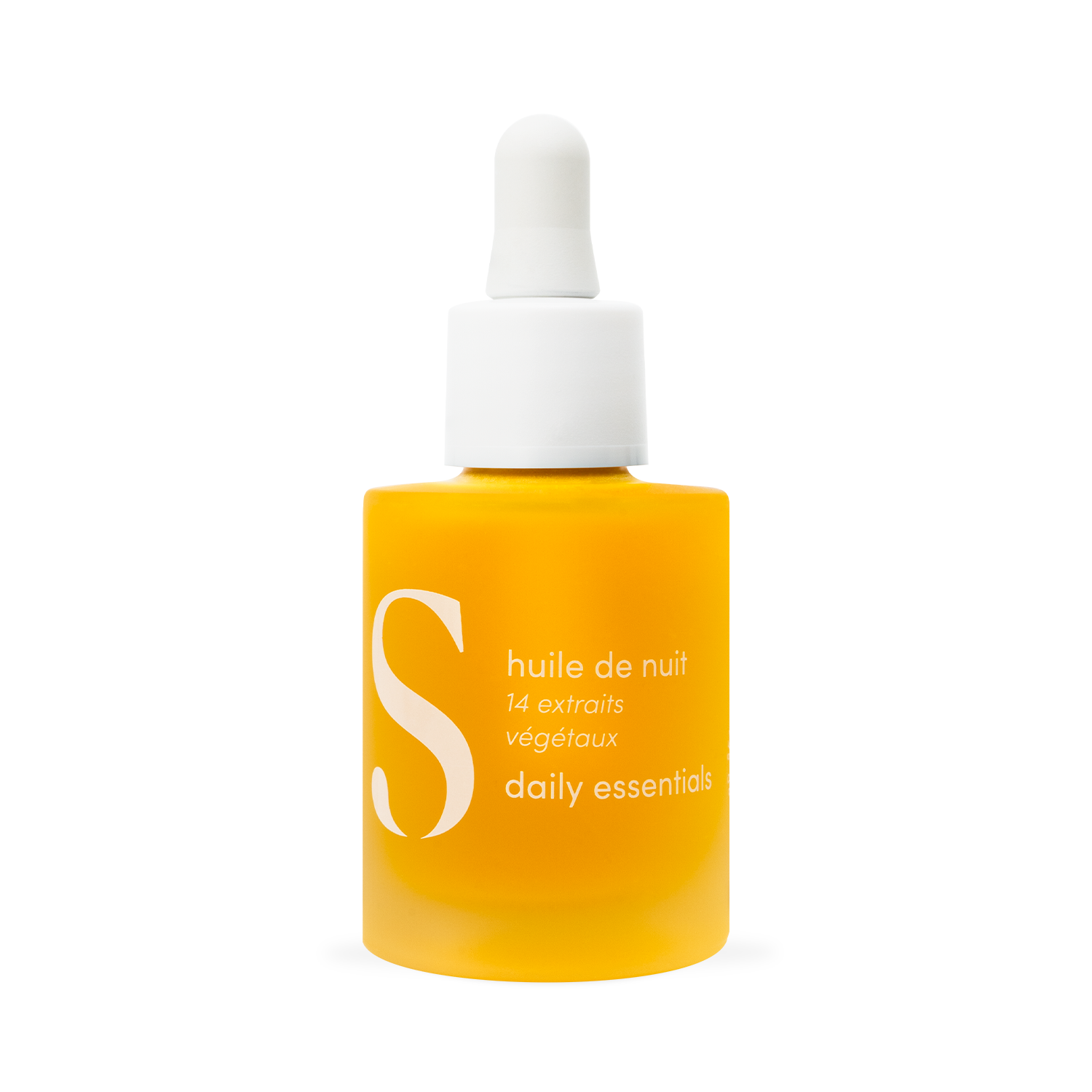The origin of acne and its treatment
What is acne?
Acne is an inflammatory disease of the sebaceous follicles. It is caused by 4 major factors, the main factor of which is an overproduction of sebum from the pilosebaceous follicles. Although it is generally during adolescence that acne appears, it is not uncommon to develop acne in adulthood. There are different types of acne , all more or less severe: learn to identify them to know how to best treat them.
How does acne appear?
The pilosebaceous follicles are the hair production factory of the skin: present all over the body, they are made up of a hair and a gland which secretes sebum. The production of sebum is necessary to lubricate the hairs and form the hydrolipidic barrier. However, this is where acne systematically begins, and 4 main factors are responsible:
- Seborrhea
- Hyperkeratosis
- Microbial colonization
- Inflammation
Unbalanced sebum secretion can degenerate into seborrhea due to a combination of factors:
- By sex hormones such as testosterone or estrogen, as evidenced by menstrual acne
- Genetic
- A hot and humid climate, with frequent temperature variations
- Certain medications
Hyperkeratosis is a thickening of the outer layer of the skin, stratum corneum, often due to poor desquamation: dead cells do not fall off regularly and they accumulate on the epidermis. Dead cells lead to the formation of a plug in the pilosebaceous follicle. The plug then causes the follicle to swell:
- In white pimple or closed comedo
- In blackhead or open comedo if the plug is close to the surface of the skin
Microbial colonization refers to a phenomenon that is initially vital and harmless: under the skin live bacteria necessary for the skin, which are usually harmless. However, if they accumulate in the already blocked follicles in large numbers, they can infect the area and lead to the formation of papules, pustules, cysts or nodules. We therefore advise against scratching or popping pimples: this spreads bacteria and extends the acne problem.
Inflammation is what causes the redness and pain of acne. If the acne is too severe, the inflammation intensifies and can even burst the follicle. The inflammation then spreads deep and into surrounding tissues.
Factors favoring the development of acne
Genes determine both an individual's skin type and their acne proneness. Genetics is not something you can influence: you have to deal with it.
A diet with a high glycemic index, as well as excessive consumption of dairy products can cause the appearance or development of acne. One of the first tips is to stop dairy products to see if it affects acne.
Stress triggers the production of certain hormones that stimulate sebum production and make acne worse.
Smoking causes oxidative stress in the skin, then an alteration in the composition of sebum: in adolescence, this increases the risk of acne.
Any cleansing that dries the natural sebum too much is counterproductive, like a soap that is too aggressive - the skin is “squeaky clean” - or a shower that is too hot. The skin overcompensates by producing even more sebum, making acne worse.
The different types of acne
Inflammatory acne or inflamed pimples can be recognized by their red color, sensitivity and relief. The immune reaction fills it with pus, increases the pressure and the pimple becomes painful. This acne is often due to colonization of bacteria, hence the inflammatory response.
The blackhead or open comedo is a small pimple having a flat shape and dark black color, due to the oxidation of sebum. This type of acne is caused by blocked sebaceous glands.
The white pimple or closed comedo is round and raised in shape, the surface of which is milky white in color.
A papule is a solid elevation of skin that does not contain pu, but has painful red inflammation.
A pustule is a large, painful pimple with pus.
A nodule is a solid acne lesion caused by the deterioration of an area of tissue located deep in the skin. It occurs most often in the back and shoulders.
A cyst is also a soft acne lesion originating from a rupture of the follicular wall when the inflammation reaches an advanced stage.
The preferred ingredients and products to treat acne
To help oily skin early on, embrace double cleansing . This is the only method for complete and deep cleaning without damaging the hydrolipidic barrier. It is also the most effective method of cleaning. The oil helps dissolve fatty substances, such as excess sebum without damaging the hydrolipidic film. The cleansing gel removes remaining impurities, particularly hydrophilic residues.
To treat seborrhea, look for niacinamide : Also known as vitamin B3, niacinamide is perfect for oily skin. It reduces sebum production with its astringent principles, soothes the skin and tightens enlarged pores and evens out the complexion by acting on post-acne hyperpigmentation . Our purifying lotion is enriched with niacinamide, zinc and AHA : it hydrates the skin and purifies it thanks to the astringent action of niacinamide and the antibacterial action of zinc. Result ? Skin that is healthier, less shiny and prepared for the rest of your routine.
To treat hyperkeratosis, AHAs, BHAs, PHAs and other exfoliants such as fruit enzymes should be sought. These exfoliants gently dissolve dead cells to avoid any blockages. The Blemish Serum contains niacinamide to tighten pores, lactic acid - an AHA - to exfoliate and bakuchiol for enhanced cell regeneration.
The bakuchiol contained in the anti-aging booster lastingly improves skin texture: a plant-based alternative to retinol , bakuchiol accelerates cell renewal. Pimples, pigment spots and scars disappear faster.
The SOS spot, like the rest of the imperfections trio, contains tea tree essential oil : also known as tea tree oil, this oil helps prevent acne and its intensity thanks to its anti-bacterial and anti-bacterial properties. inflammatory.




















